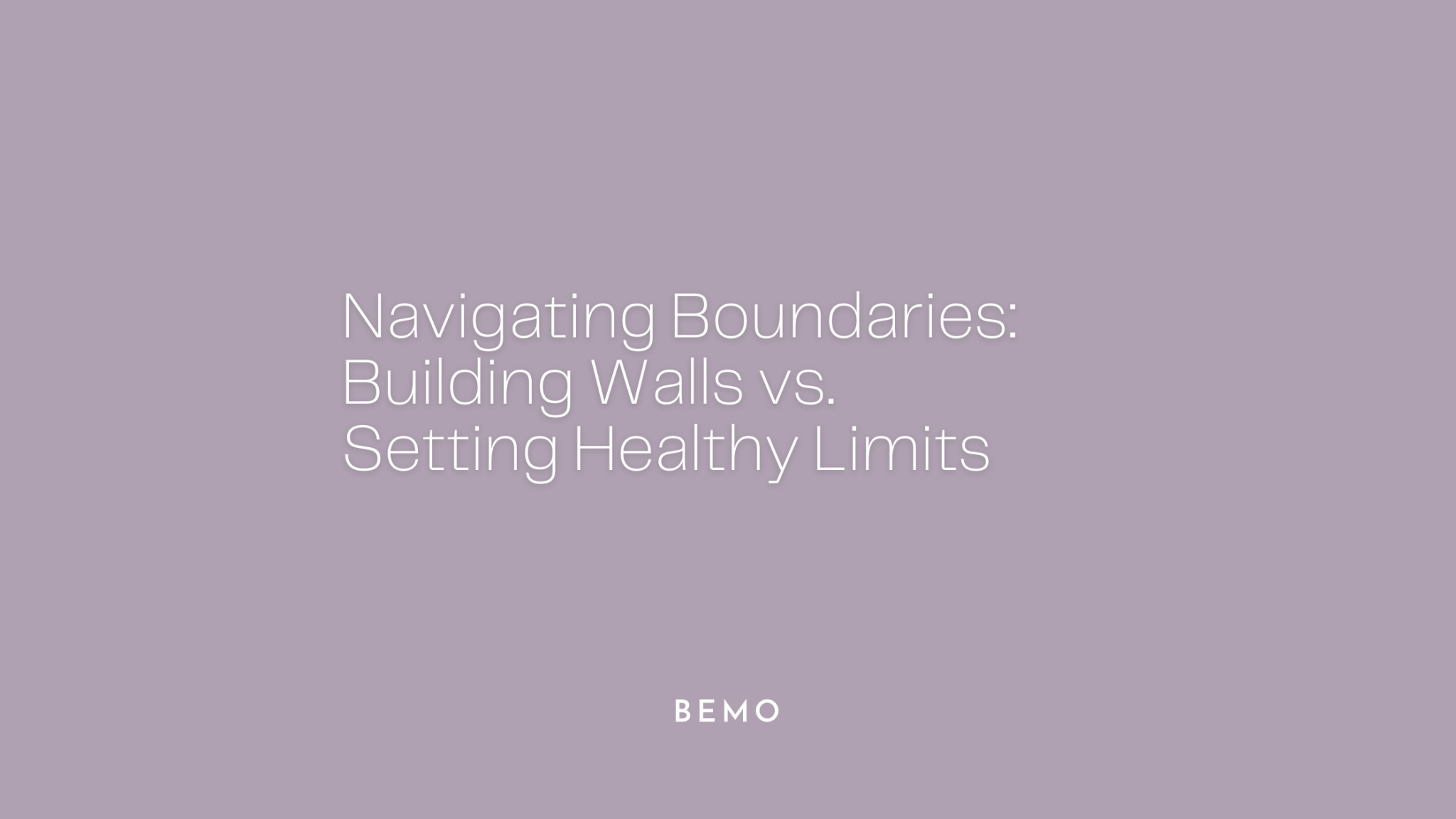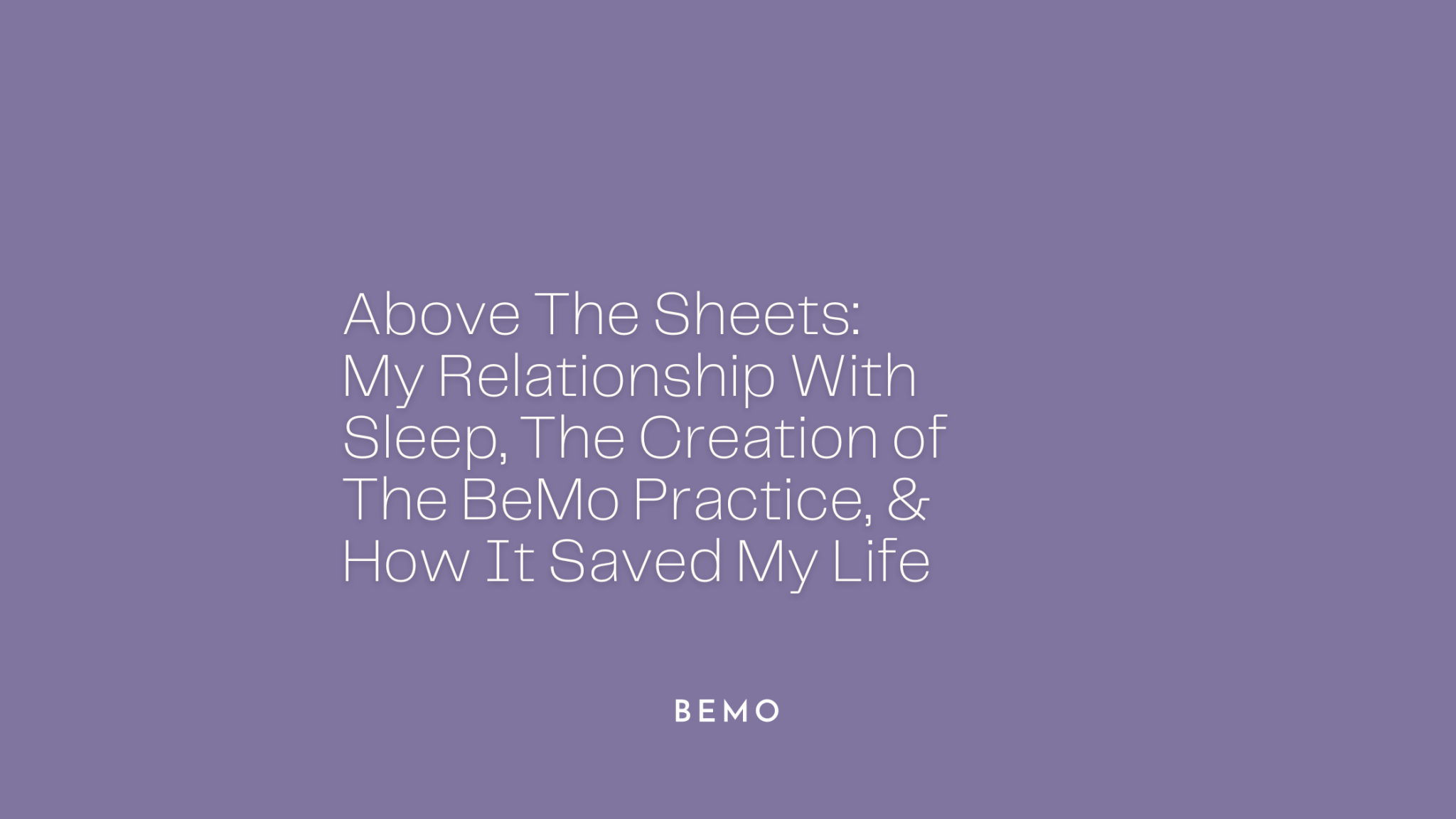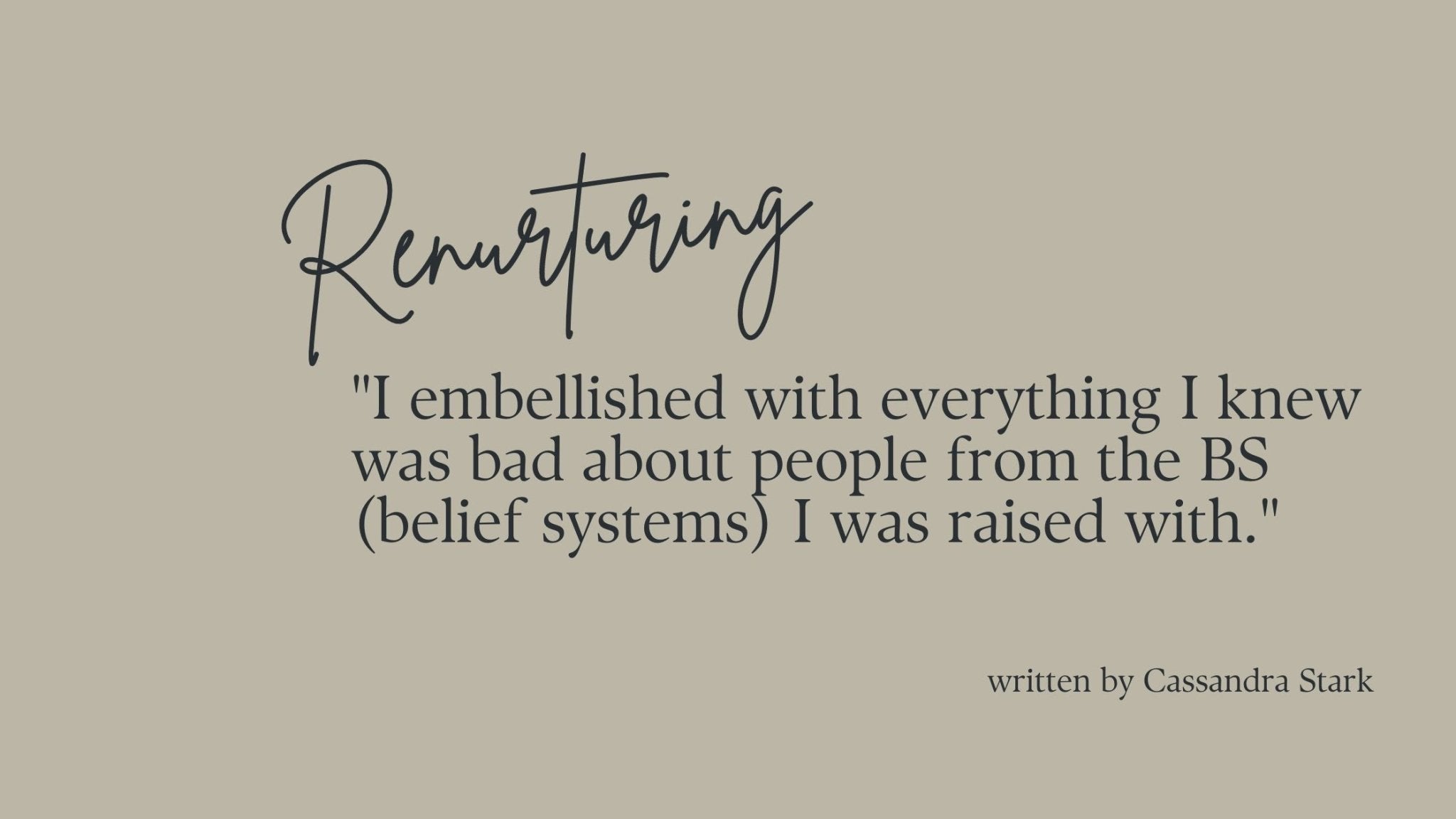In the journey of self-discovery and personal growth, understanding the nuances between building walls, setting stringent rules, and establishing healthy boundaries is crucial. At its core, this journey is about creating a safe and secure space for oneself while fostering meaningful connections with others.
Let's delve into the psychological underpinnings of each concept and explore how The BeMo Journal & Practice empowers individuals to voice and set boundaries with confidence and security.
Building Walls: A Protective Barrier
Building walls is a defensive mechanism rooted in the need for self-preservation. When we build walls, we create barriers to protect ourselves from perceived threats or past traumas. These walls serve as temporary shields, shielding us from potential harm but ultimately isolating us from genuine connections and experiences. While walls may offer a sense of safety in the short term, they often hinder our growth and prevent us from forming authentic relationships. Walls are reactive behavior and come from a place of attachment and relationship insecurity, resulting in people being pushed away over time. Throwing up walls is part of a fight/flight/freeze/faint/fawn survival tactic.
My Relationship with Walls
When I was first starting out as a young adult, all I knew were walls. If I felt hurt, afraid, or unsafe in any way, I stopped talking to or being around these people. I burned through friendships while wondering what was wrong with me and why I kept finding such unsupportive people in my life who would treat me like a doormat. I was confused. My family was constantly telling me that the people I hung out with were why I was in danger and that I needed to spend more of my time with trustworthy people in an approved community, yet all of the pain I was experiencing seemed to repeatedly come from these so-called safe communities. As a result, walls, walls, walls, walls. I didn't know who to trust, and I was constantly on the run from my emotions and any emotion expressed to me by anyone else. Because of my lack of trust, even feeling loved felt wildly unsafe. To be honest, I had no idea what love was because I had never experienced a healthy relationship with love and was not yet willing to admit to myself what that full-life narrative meant for me.
Stringent Rules: Rigidity in Action
Setting hard rules is a defensive mechanism rooted in the need for certainty and control. Stringent rules are the next step beyond building walls. When we establish stringent rules, we impose rigid limitations on ourselves and others in an attempt to maintain control and order. These rules may stem from fear or a desire for certainty, but they ultimately restrict our freedom and stifle our ability to adapt to new situations. While rules provide structure and predictability, they can also create barriers to spontaneity and creativity.
My Relationship with Rules
I spent many years on my own, which allowed me to observe and slow down a lot of my survival patterns and eventually surround myself with healthier, more secure people. In doing so, I started to feel more safe and willing to do the work. However, I did not yet know exactly what doing the work meant other than showing up to therapy, which, despite my dedication, was only keeping me present and powerful at the moment and not really allowing me to fully expand into effective inner child work or changing the patterns of my here-and-now life. This was not for lack of trying. I observed a lot of what I needed, but I was still in a state of defining need as it related to my need to do. So, I set stringent rules based on what I had felt and observed was best for me. There was nothing wrong with these hard and fast rules. A lot of these rules were physical and health-related, such as in order to sleep better so that I could feel better, be kinder, and be more productive. As such, I set rules on no starchy carbs after 3pm, dinner must be eaten at 5pm, and bedtime would be at 9pm - every day. I set rules around when my phone would auto-silence or wake itself up. I disconnected so that I could reconnect with myself.
Setting Boundaries: Empowered Self-Advocacy
Setting boundaries is rooted in our intrinsic need for connection. Setting boundaries is at the foundation of our need for certainty, love, and growth.
Setting boundaries is the pinnacle of healthy relationship dynamics. Unlike walls and stringent rules, boundaries are flexible, adaptive, and rooted in self-awareness and self-respect. When we set boundaries, we communicate our needs, values, and limits with clarity and assertiveness. This allows us to establish mutually respectful relationships built on trust, understanding, and empathy.
By setting boundaries, we create space for authentic connections and foster a sense of empowerment and security within ourselves.
My Relationship with Setting Boundaries
I have added to my awareness of long, unwound storylines of emotional volatility in my life. In the years of work I have done in repeating The BeMo Practice, as often as these storylines repeat and come up for me in thoughts and behaviors, I have been able to unwind the full narrative around unmet needs in childhood as they relate to my needs today, as an adult. Working through The BeMo Practice subconsciously taught me how to sense and speak my boundaries. In building my own attachment security through Renurturing - BeMo's version of inner child work and reparenting - I have been able to re-raise myself with stronger Knowing and greater overall security. My newfound attachment security allows me to speak a boundary without expectation, without anxiety, without fear, and without dismissing my need. I am also strong enough to hear a variety of agreements and disagreements as a comeback to the boundaries I set. This healing journey has led me to severe ties in different ways that feel more permanent, less volatile, and still deeply loving and compassionate rather than reactive (walls) or stringent (rules). I have been able to acknowledge the place that walls and rules have had in my life. I now know how to define walls versus boundaries and be incredibly compassionate with myself when I break my own rules because I understand, deep down, that these rules are actually guidelines from my awareness and the choices I am choosing.
How The BeMo Practice Empowers Boundary Setting
The BeMo Practice provides a comprehensive framework for navigating boundaries with confidence and security. Through the process of needs discovery, individuals gain insight into their core values, desires, and boundaries. By identifying and articulating their needs, individuals cultivate a deeper understanding of themselves and their relationships. Working through emotional FUNCK with BeMo emphasizes empowerment, encouraging individuals to advocate for their needs and assert their boundaries with clarity and conviction.
Through journaling exercises, reflection prompts, and guided practices, The BeMo Practice guides individuals on a journey of self-discovery and empowerment. By embracing vulnerability, fostering self-compassion, and honoring their intrinsic worth, individuals learn to set boundaries from a place of strength and authenticity. Ultimately, The BeMo Practice equips individuals with the tools and mindset needed to navigate boundaries with confidence, security, and grace by showing you how to do it yourself - identify it, know it, speak it, and live it with bravery and strength.
In conclusion, building walls, setting stringent rules, and establishing healthy boundaries are distinct yet interconnected aspects of personal growth and relationship dynamics. By understanding the psychological underpinnings of each concept and embracing the transformative principles of The BeMo Practice, individuals can cultivate deeper connections, foster self-empowerment, and create a life rooted in authenticity and fulfillment.









Leave a comment